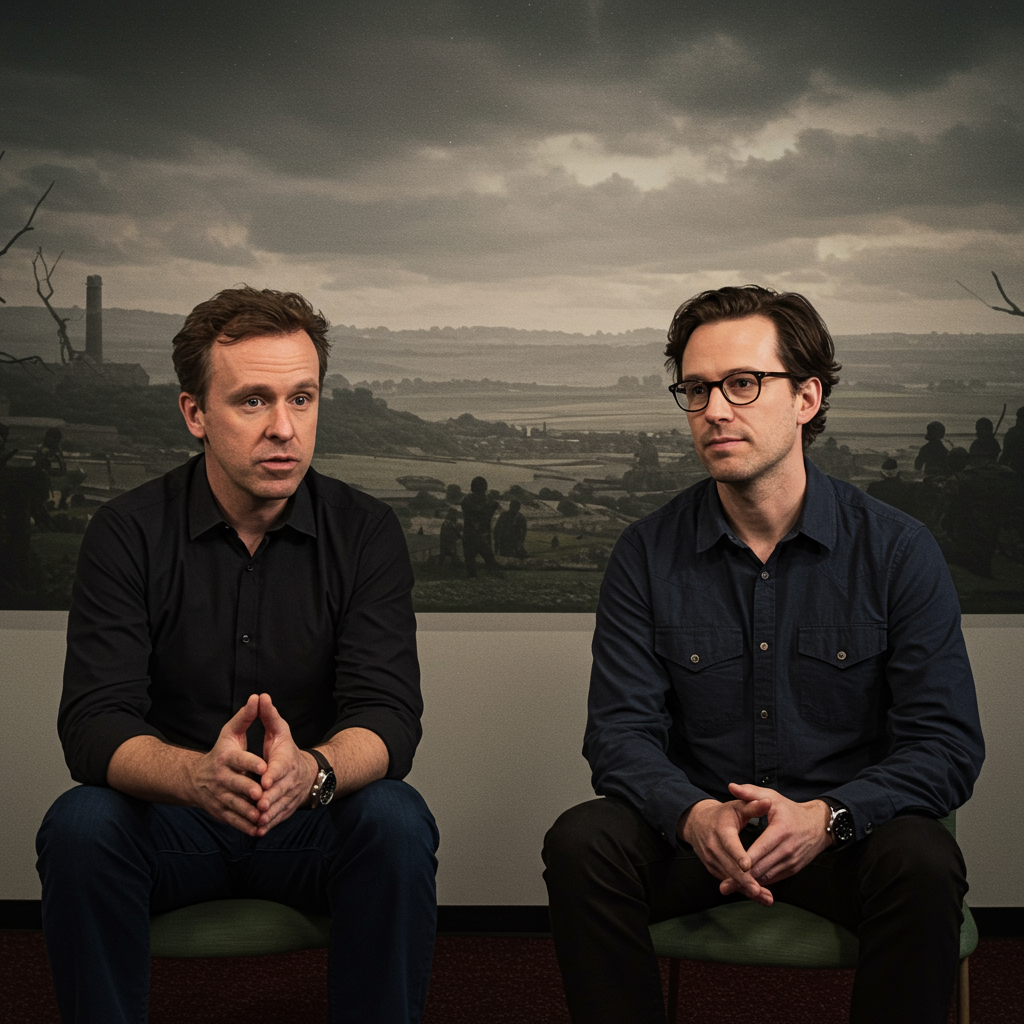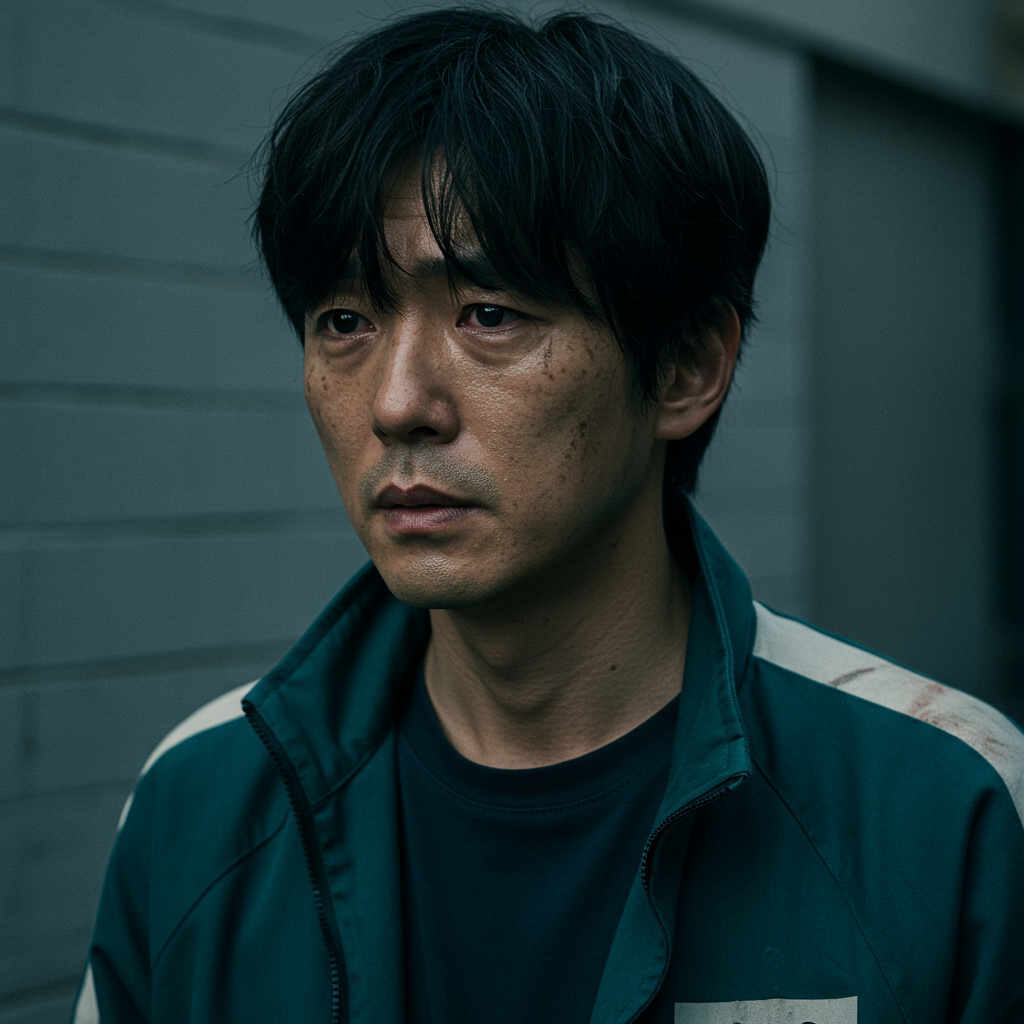Two decades ago, director Danny Boyle and screenwriter Alex Garland unleashed 28 Days Later, a visceral, kinetic reinvention that didn’t just scare audiences; it redefined the zombie apocalypse genre itself. With its terrifyingly fast infected and sharp political undertones set against a ravaged, isolated Britain, the 2002 film remains one of the most influential horrors of the 21st century, leaving George A. Romero’s lumbering undead in its dust.
Now, Boyle and Garland return to the world they created with 28 Years Later, a long-awaited sequel that manages the tricky feat of honoring its roots while forging a bold, new path. It’s described by critics as the epitome of a successful “legacyquel,” leveraging modern filmmaking advantages while retaining the raw, lo-fi charm and poignant storytelling that defined the original. Set decades after the initial Rage Virus outbreak, with the UK under strict quarantine, the film wisely skips the events of the 2007 sequel 28 Weeks Later to focus on a fresh narrative.
A Subverted Survival Story Centered on a Young Protagonist
One of the most striking ways 28 Years Later subverts expectations is by centering its story on a 12-year-old boy, Spike, played with remarkable vulnerability and resilience by newcomer Alfie Williams. Spike is the indisputable protagonist, carrying a significant portion of the emotional narrative. His journey transforms the film from a simple survival thriller into something far more complex, weaving in tender familial drama, a stirring spiritual thread, and even notes of sly, dark humor.
The narrative begins on a sequestered island community off the northeast coast of England, cut off from the mainland by a tidal causeway. Here, a tight-knit group of survivors has fashioned a primitive society behind fortress walls, reverting to designated roles like farmer, hunter, and baker. This isolated setting and the islanders’ way of life inject elements of British folk horror into the film, a theme reinforced by historical footage and unsettling imagery woven throughout.
Spike lives on the island with his father, Jamie (Aaron Taylor-Johnson), and his mother, Isla (Jodie Comer), who is suffering from an undiagnosed, debilitating illness characterized by violent fits and delusions, a lingering effect possibly from the virus. With no modern medical care available, Isla’s fate seems uncertain.
Evolving Infected and a Perilous Rite of Passage
The world outside the island hasn’t just endured; it’s evolved. The virus carriers, known collectively as the Infected (or “sick people,” as some reviews note), now exist in terrifying new variants. Beyond the familiar sinewy, feral figures of the original strain, there are the slug-like “Slow-Lows”—fleshy blobs resembling grotesque sculptures—and the most dangerous: the hulking, cunning “Berserkers” or “Alphas.” These Alphas possess enhanced strength, capable of tearing limbs from victims, representing a brutal evolution of the Rage virus.
Against the backdrop of this dangerous mainland, Jamie decides Spike is ready for a rite of passage: accompanying him on an expedition across the causeway to make his first kill of an Infected. What begins as a father-son “safari” quickly devolves into thrilling chase sequences as they encounter these new, faster Infected, who even appear to have formed family groups. The experience is terrifying for Spike, revealing a squeamishness his father later exaggerates upon their return to the island for the community’s celebration.
Emotional Depth and Political Allegory
Spike is disturbed not only by the horrors of the mainland but by his father’s exultant dishonesty and infidelity. Convinced Jamie is waiting for Isla to die, Spike makes the dangerous decision to take his ailing mother back to the mainland to find Dr. Kerson (Ralph Fiennes), a mysterious former physician rumored to be eccentric but who Spike hopes can offer a cure.
The bond between Spike and his mother Isla becomes the poignant heart of the film. Even in her delirium, Isla’s maternal instinct surfaces during moments of crisis. Jodie Comer delivers a standout performance as Isla, subtly transforming physically and emotionally as she draws strength from nature during their perilous journey.
28 Years Later isn’t just a scare-fest; it’s a film deeply “about something else.” It offers a scathing, timely commentary on political isolationism, drawing clear parallels between Britain’s quarantined state and a “reverse Brexit,” where the island is flooded with the unwanted Infected while European forces patrol its shores. The film explores the tension between past and present, the desire to return to a simpler time versus the necessity to move forward, and the enduring human struggle between empathy and conflict. Ralph Fiennes is impactful in his role as Dr. Kerson, a complex figure who has built a stunning ‘Memento Mori’ temple from bones and represents a blend of wild wisdom and learned science. His scenes, though perhaps limited in screen time, are memorable and emotionally resonant.
A Visually Striking and Sonically Inventive Return
Director Danny Boyle’s signature style is immediately recognizable, collaborating once again with cinematographer Anthony Dod Mantle. They craft a visually intoxicating experience, shot on a wide aspect ratio with dynamic, muscular camerawork. The film utilizes unconventional techniques, including unnerving avant-garde visual inserts (like medieval soldiers), infrared flashes, and rapid editing by Jon Harris, sometimes creating a disorienting “bullet time” effect during action sequences. While occasionally noted as potentially gratuitous, this visual approach largely enhances the tangible sense of dread.
Johnnie Burn’s enveloping sound design works in seamless tandem with the distinctive score by Scottish indie group Young Fathers. Boyle, known for his inventive use of music, blends disturbing ambient synth distortion, propulsive action riffs, and a diverse range from solemn hymns to ferocious death metal, ensuring the film is anything but safe.
A Triumphant Start to a New Trilogy
Overall, 28 Years Later is a triumphant, unconventional, and surprisingly emotional return to the franchise. It avoids cheap nostalgia, instead doubling down on the powerful thematic core and visceral terror of the original. While some critics found the pacing occasionally uneven or the emotional and horror elements clashing, the film is widely praised for its bold vision, powerful performances (especially Alfie Williams), and technical artistry.
The film culminates in an ending described as a “jaw-dropping” or “jarring” cliffhanger, which some find frustrating as “sequel-baiting.” However, many see it as an exciting promise, effectively building anticipation for the planned future installments of the new trilogy. 28 Years Later is a bloody feast for horror connoisseurs, a film with brains and heart that proves this post-apocalyptic world still has relevant stories to tell.
References
- www.hollywoodreporter.com
- www.cinemablend.com
- deadline.com
- editorial.rottentomatoes.com
- <a href="https://www.imdb.com/news/ni65341137/?ref=nwcart_perm”>www.imdb.com




